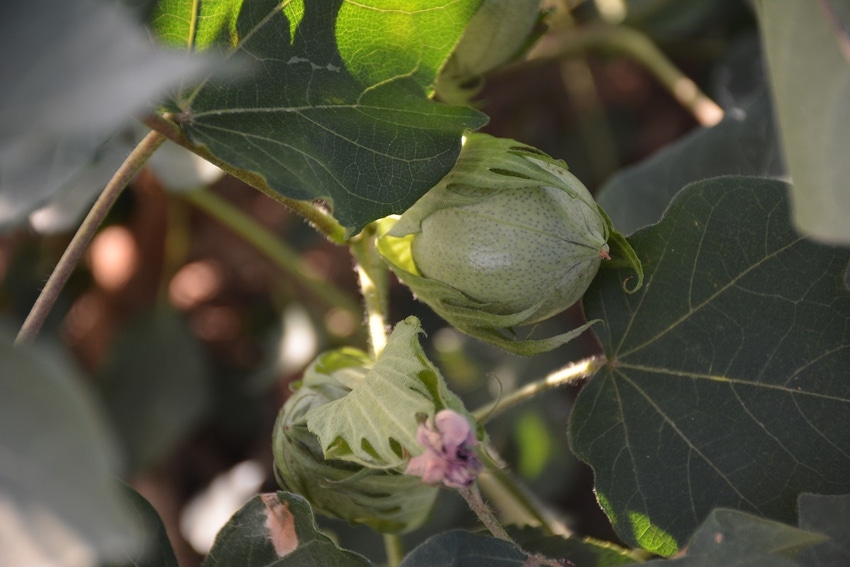September 18, 2015

USDA’s September cotton supply and demand projections were notable for two things. First, the world numbers showed cuts in consumption, compared to August, in a half a dozen foreign countries outside of China. That revision added to projected world stocks, and fits a consistent story of weak demand/slow business from those who sell cotton for a living.
The second thing, and the one that most analysts were waiting for, was an upward revision in projected U.S. cotton production. In August, USDA had puzzled many by simultaneously lowering U.S. cotton yield while greatly increasing projected abandonment. The resulting projection of U.S. production was 13.08 million bales, which was below most estimates.
Since the August report is normally a benchmark for the forthcoming harvest, it created a stir. USDA did raise expected production in September, but only by 350,000 bales, to 13.43 million. This figure was arrived at by decreasing U.S. abandonment back below 5 percent, while trimming a few pounds off the previous yield projection. The calculation also involved cutting 340,000 planted acres to jibe with USDA-FSA data.
MORE REVISIONS COMING
The September adjustments seem reasonable — and they leave us with a greater likelihood of a smaller crop. Since the September production number is also a historical benchmark, I am having to adjust my expectations downward from where they were before August. Certainly, there are more revisions to come. But from this point forward, I expect adjustments will be smaller, giving us a likely production of less than 14.5 million bales.
Historically speaking, seven of the last 15 years have seen a final production estimate that was below the September projection (Figure 1), while eight out of the last 15 years have seen a higher adjustment. Higher adjustments tend to happen during or following wetter El Niño periods, but not always (for example, 2010). Higher and lower adjustments tend to be evenly split among drought years.
The average deviation between this September projection and the final estimate next July has been about 5.5 percent, whether it was a higher or lower adjustment. In the years when the crop estimate got smaller, the average decrease was 5.6 percent. In the years when the crop estimate got bigger, the average increase was 5.4 percent. Given these averages, that gives a possible range of production from 12.7 million bales to 14.2 million bales. The weather between now and deer season will ultimately determine the outcome.
STOCKS SCENARIOS
The market implications of all this suggest either a reduction in U.S. ending stocks, year over year, or a neutral stocks outcome. The former tends to result in harvesttime futures prices holding up a little better during the harvest period.
If things do work toward ending stocks being below 4 million bales, that would maybe help December 2015 cotton futures make a run at the upper 60s. A neutral stocks outcome, to me, just implies more of the same, e.g., Dec’15 bouncing around between 62 cents and 66 cents per pound.
For additional thoughts on these and other cotton marketing topics, please visit my weekly on-line newsletter at http://agrilife.org/cottonmarketing/.
| |
|
|
|
|
About the Author(s)
You May Also Like




